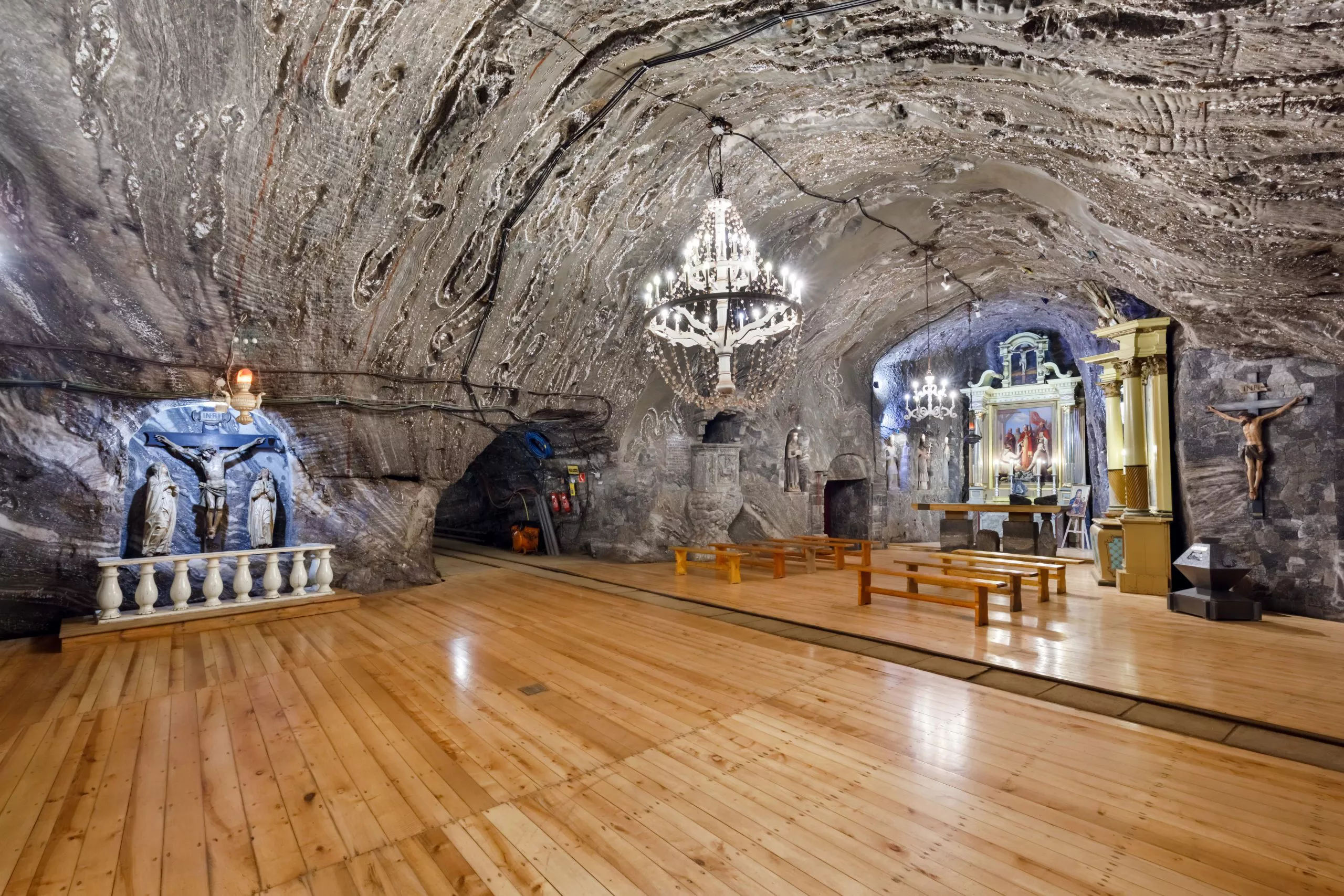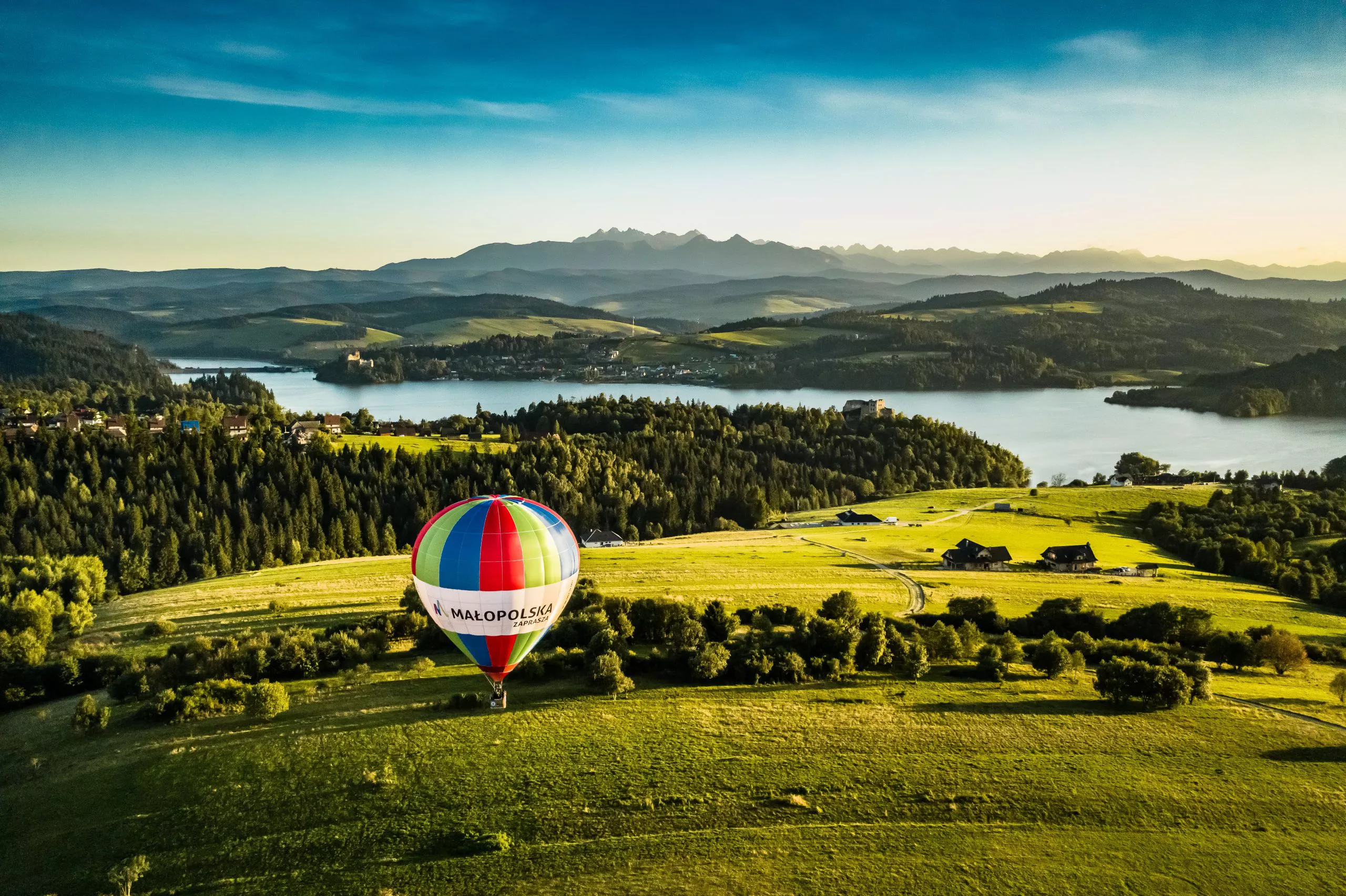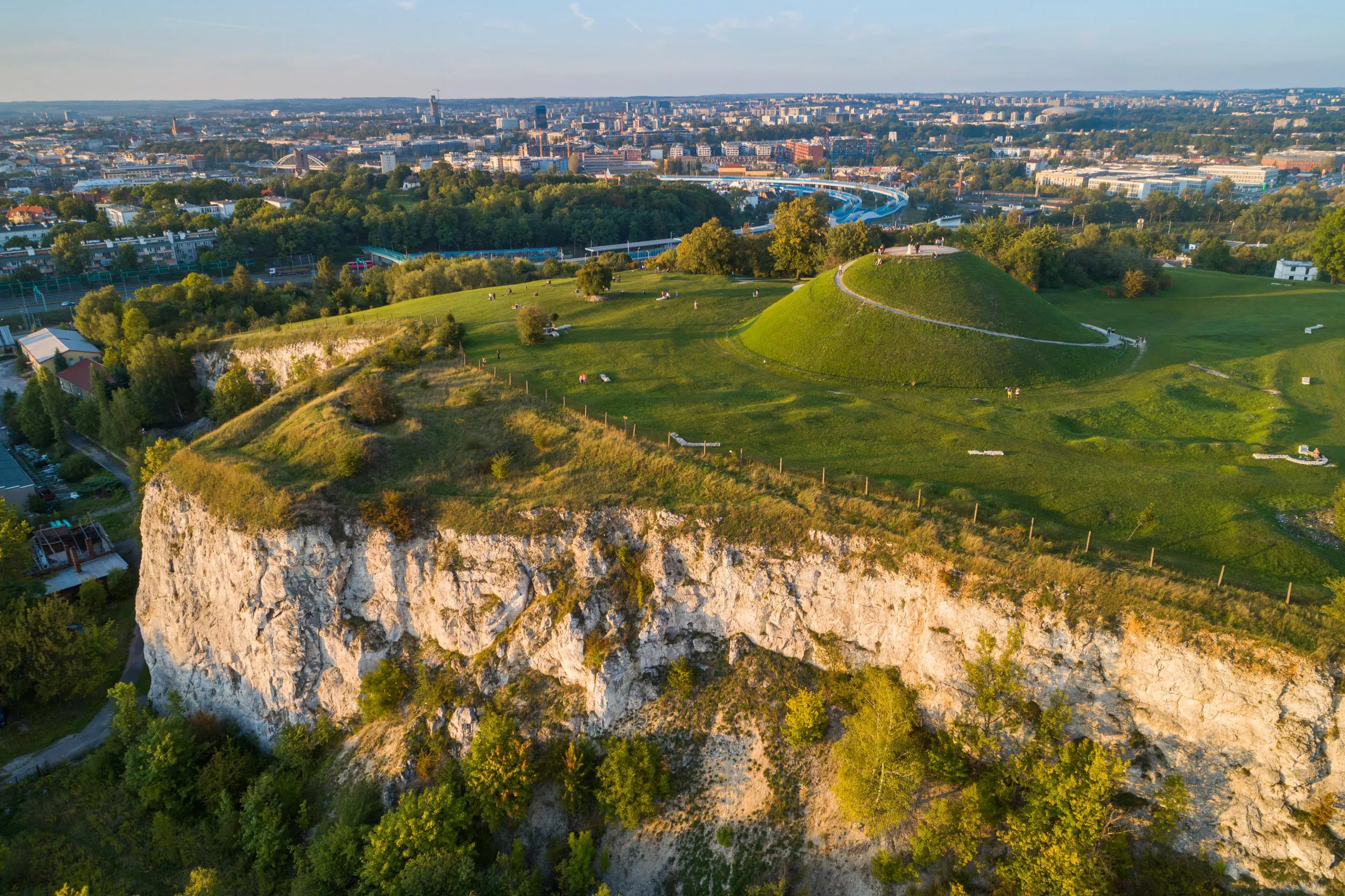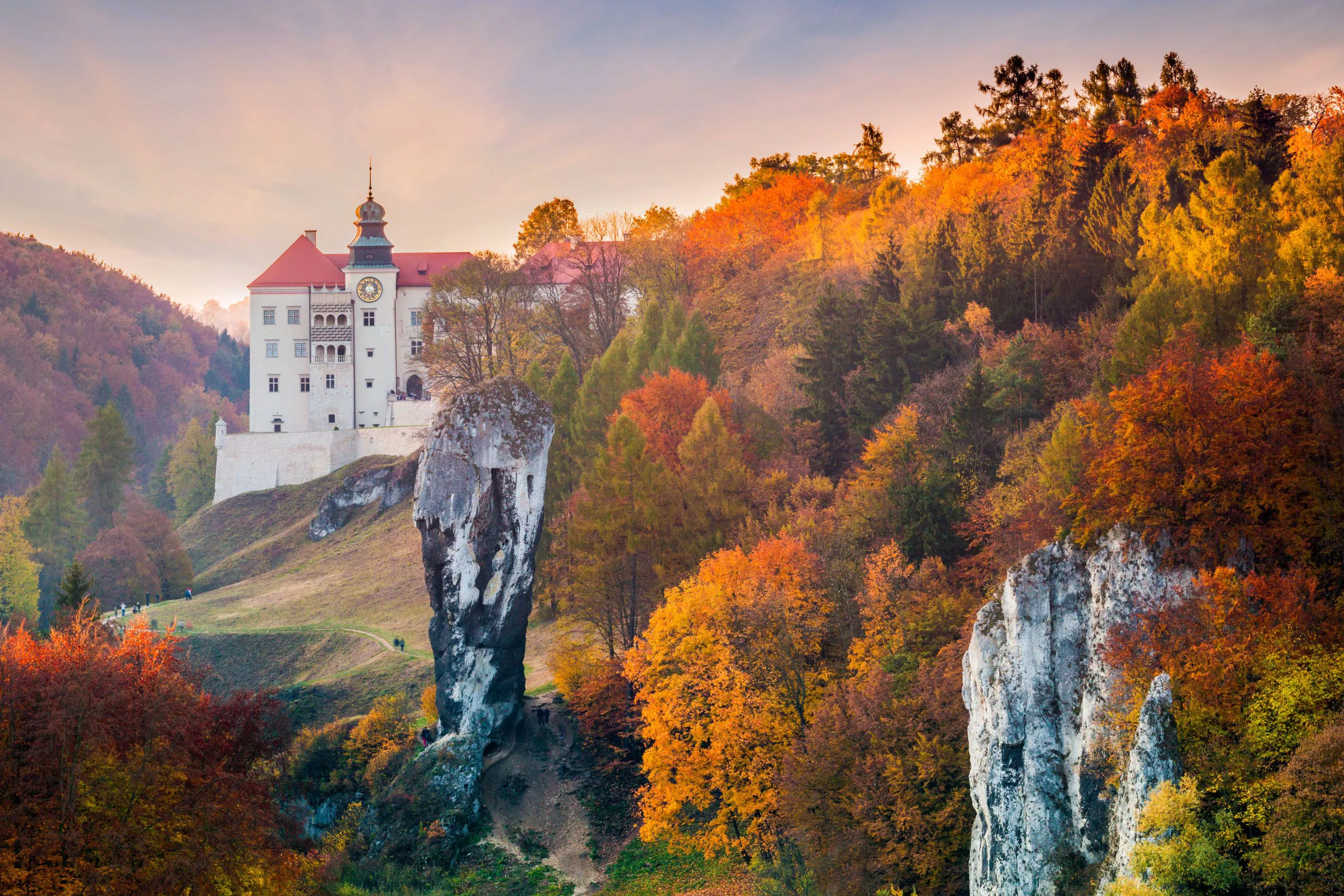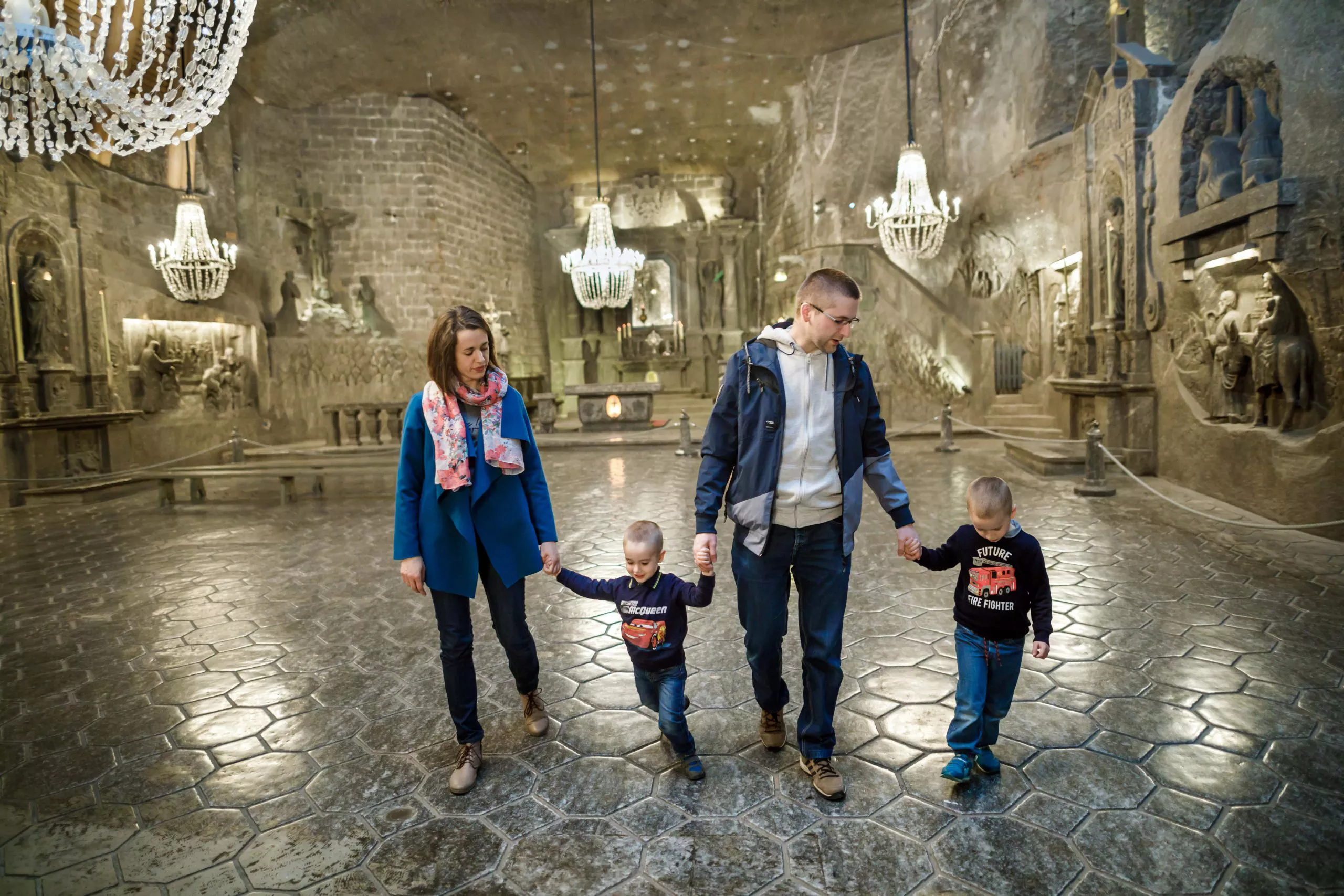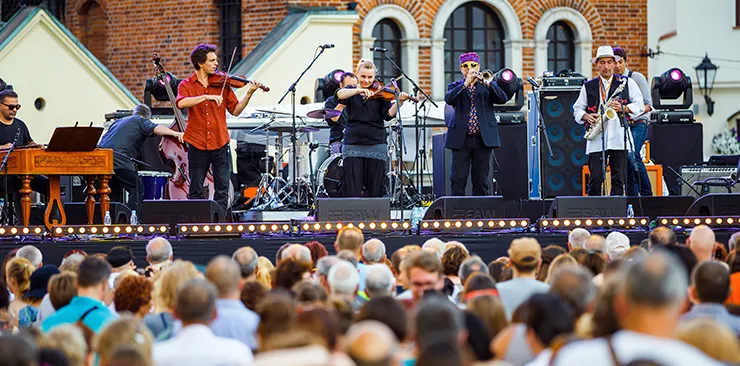The Great “Lesser” Poland
How about visiting a great place renown for hospitality, offering plentiful comfortable accommodation? A place that enjoys sharing its culture, offering great experiences from active leisure to tours and visits to museums, from grand festivals to informal concerts, from fine restaurants to pubs where you meet over a pint or two? A place where you can descend 400ft into ancient salt mines, admire royal treasuries, do trainspotting, and even visit Europe’s only desert? Wouldn’t it be a great idea for your holiday or just a short break? Even if I told you I keep saying “great” because the place is known as “Lesser” Poland – Małopolska?
For, contrary to what the name suggests, Małopolska is great: a feature it owes to its people and heritage. There is, however, a reason for the “smallness” in the name, as the region is of a size perfectly convenient to travel around and enjoy yourself, choosing what suits you most from the lavish offer of local attractions. For Małopolska has been a real attraction from time immemorial — The Vistula, Poland’s longest river, formed Małopolska’s fertile central plain and had already turned it into an attraction in prehistoric times. As tourists were “not yet invented” in the Bronze and Iron Ages, it drew various nomadic tribes of hunter gatherers, who made their homesteads here. Having gone further west, they left kilns for smelting metals and burial mounds standing 50ft high over the bodies of their rulers. The mounds of the first legendary rulers of the city – King Krak and Queen Wanda have survived and are treasured heritage.
A navigable river, trading routes operating since ancient times, and easily defendable hills among marshes (That’s actually what “Wawel” stands for in Celtic!) were certain to attract more people and help civilisation to develop. It was only quite natural for Kraków, one of those safe places, to attract the attention of the kings residing further to the north. They chose Kraków for their seat, fortified it, and made it into their capital long before they chartered it as a city.
The wealth of the Małopolska Region could now develop by catering to the needs of the fortified settlement around Wawel. Over 500 years ago the ponds of Zator provided the kings with sleigh-loads of the best carp, which you’re welcome to taste even today. The cavernous Wieliczka and Bochnia Salt Mines provided the Royal Treasury with astounding wealth. Both the mines welcome visitors today, and the Treasury can be visited too: best alongside the Armoury and the Royal Chambers of the Wawel Castle.
The royal capital city needed not only churches with lofty towers but also defence walls and spacious houses in neatly planned streets for the burghers to live, store goods, and hoard their wealth in, and the largest preserved medieval market square for their trading activities. A place designed for commerce from the start, the Main Market Square of Kraków retains that function and attracts locals and visitors alike to the Christmas and Easter fairs, assorted shops, and cafés and restaurants.
Małopolska also has plenty to offer away from its capital from places as old as the hills – the rocky tors, the gentle wooded mountain ranges, the proud stone spires, and the prehistoric mounds raised by the Celts – to works of the human hand in all architectural styles from the Romanesque to contemporary structures strewn about a landscape that is still pristine in many places. Wooden churches, many of them listed by UNESCO, are the pride of small villages huddled among the hills. Masonry churches are central to Małopolska towns, whose skyline is characteristically marked by their tall spires. An exception is Miechów, for centuries home to the Equestrian Order of the Holy Sepulchre of Jerusalem, which boasts one that is surmounted by a figure of Christ standing on the globe of the Earth.
A great idea for taking a journey into the past is provided by the open-air museums which help us to imagine what life was like not only before the computer and Facebook, but also before the light bulb and the car. Standing among typical village cottages are “functional” buildings for cloth making, grain milling, and storing the harvest, while beehives and well cranes make the general picture even more authentic. A “replica” of a small 19th-century Galician town waits for you near Nowy Sącz, its spacious square often sporting a group of re-enactors.
Guidebooks are quite unlikely to have enough space for all the villages and towns of unique beauty. The absolute gems include the wooden village of Chochołów and Lanckorona with its sloping market place also surrounded by wooden architecture.
The Rolling Stock Museum in Chabówka, with its colourful historic trains, appeals to more than just trainspotters. Some of the steam engines are still in working order, and the locals will certainly tell you that some starred in Spielberg’s Schindler’s List and hint that there would have been no Oscars without them.
Małopolska is famous for its castles: the remnants of watchtowers on limestone hills are most popular in the north while Wawel with its cathedral and royal castle in the heart of the region is also the place “where the heart of Poland beats”. It has its “miniature copies” not only in nearby Pieskowa Skała but also in more distant Sucha Beskidzka. Two castles look challengingly at each other from their rocky promontories on opposite sides of the Czorsztyn Reservoir and are appealing to the eye whatever the season.
Perhaps the best time to visit Małopolska forests is in autumn, as many of them boast a mixture of conifers that remain green throughout the year and deciduous trees that turn the hills into multicolour 3-D tapestries over blankets of fallen leaves. Puszcza Niepołomicka with its wisent (European bison) sanctuary is by far the region’s most famous forest. Historically it was a hunting ground for the kings of Poland, whose hunting castle stands nearby. Kings and their hunts are long gone, yet horse riding of all styles has become fashionable again, and there are stables and riding schools throughout Małopolska.
Another pastime gaining in popularity is provided by the assorted water sports, as some rivers are navigable, and the major lakes and reservoirs are perfect for yachting.
Long time ago Polish scholars discovered the curative properties of the waters gushing from the mountain springs. Soon, the attraction to mineral waters, common all over Europe in the 19th century, had not only the ailing, but first and foremost the fashionable classes travel to the springs. Incidentally, besides pilgrimages, this is one of the sources of the tourism of today. The south of Małopolska boasts plenty of spa sites rich in mineral springs that offer great infrastructure for walking, skiing, and other forms of leisure.
Although Małopolska shares Europe’s only desert, the Błędowska, with a neighbouring region, the desert is certainly there, looking as if loaned from planet Tatooine or from Frank Herbert’s Dune or Mad Max movies, and if your luck holds and you know where to look, it can let you see a mirage. That, however, is not a certainty. In the meantime, why don’t you book your flights to Małopolska and see for yourself all its tangible beauty and fall in love with its intangible genius loci – the spirit of the place?

